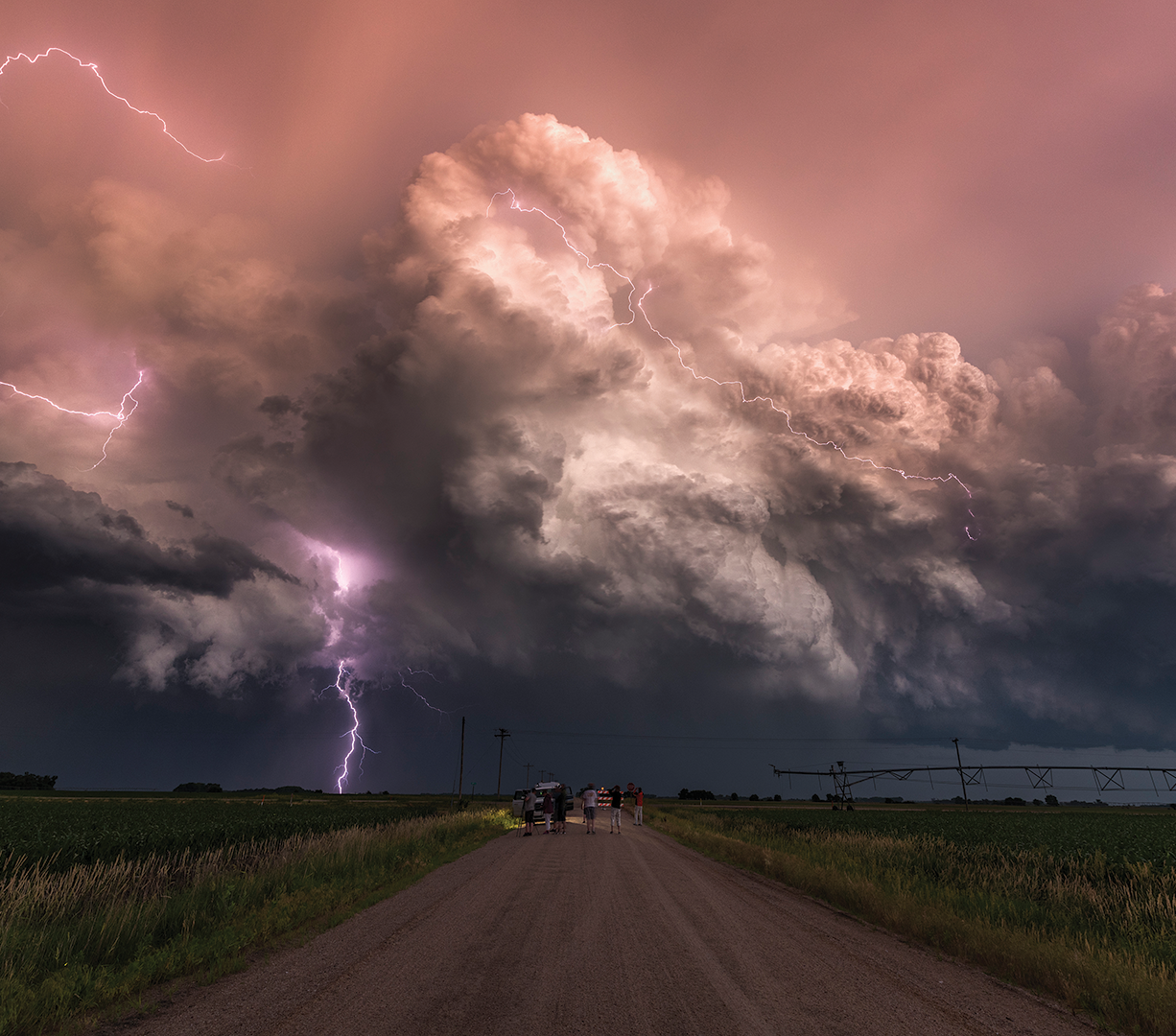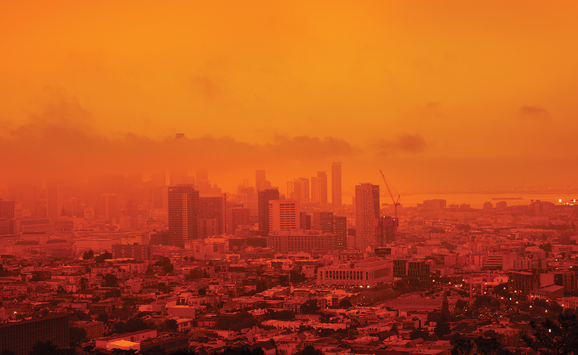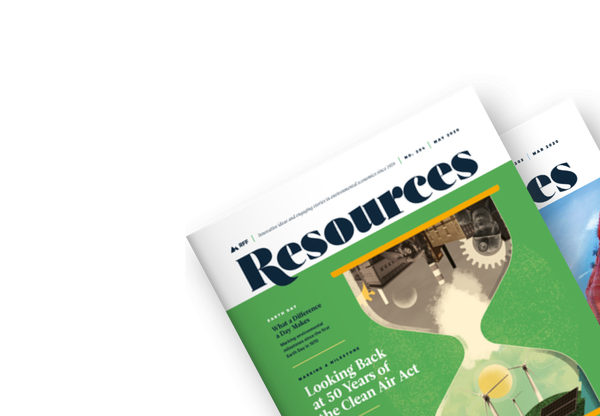Resources for the Future is investing in research that explores the economics of extreme events.
Weather extremes are on the rise in the United States and across the globe—and they’re getting even more intense. From the destructive Los Angeles wildfires in January, fueled by drought conditions and wind speeds of more than 80 miles per hour, to a rainfall deluge that led to deadly flooding in the Texas Hill Country in July, examples abound of death and destruction from extreme weather events.
Extreme events can have wide-ranging economic impacts. They often disrupt local business operations and labor markets, have long-term impacts on house prices and mortgage markets, and sometimes lead to ripple effects in sectors and locations well beyond where the event strikes.
Resources for the Future researchers are analyzing these impacts and potential policy responses. We also are investigating the extent to which people and businesses are fully aware of extreme weather risks and incorporate related lessons into decisions about where to live and work and how much to invest in adaptation. For example, increasing development in high-risk areas, such as coastal floodplains and certain parts of the wildland-urban interface, are a concern. Do people understand the hurricane and wildfire risks when they move to these risky locations? Do home prices and insurance costs reflect risks? What policies work best to minimize exposure to harmful weather extremes?
Emily Joiner writes about these concerns in this issue of Resources, describing our joint work evaluating the exposure of business establishments and jobs to wildfire risks across the continental western United States. The growth in housing development and population in the wildland-urban interface has been well documented, but much less attention has been paid to businesses and the location of jobs. As Joiner describes, our research reveals that the highest rate of job growth across the West over the past 30 years has been in the areas of highest wildfire risk.






